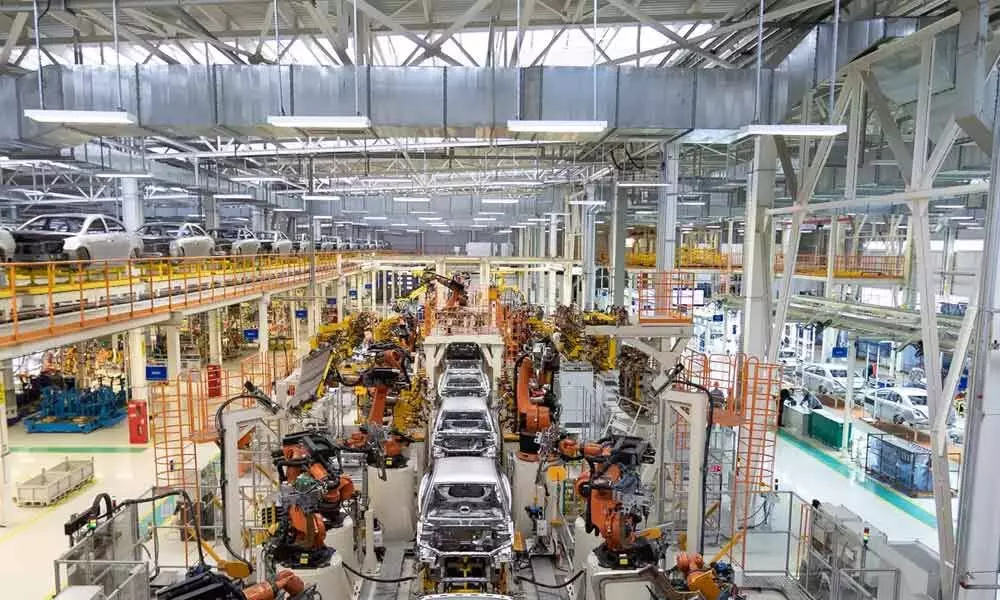How policy push would shape Indian auto sector
If things move the way it has been envisaged, over the next five years, India, which at present, manufacture 26.36 million vehicles including passenger vehicles, commercial vehicles, three wheelers, two wheelers, and quadri-cycles, will be the world's third-largest automotive market in terms of volume.
image for illustrative purpose

If things move the way it has been envisaged, over the next five years, India, which at present, manufacture 26.36 million vehicles including passenger vehicles, commercial vehicles, three wheelers, two wheelers, and quadri-cycles, will be the world's third-largest automotive market in terms of volume. Indian automobile industry, which at present is estimated to have an overall market size of $118 billion, is expected to reach $300 billion by 2026, in terms of value. Quite significantly, the electric vehicle (EV) market in India is expected to grow at a CAGR (compounded annual growth rate) of 44 per cent till 2027.
If things move the way it has been envisaged, the annual sales of EV will hit 6.34 million units by 2027. According to NITI Aayog and Rocky Mountain Institute (RMI) India's EV finance industry is likely to reach Rs. 3.7 lakh crore ($50 billion) in 2030. A report by India Energy Storage Alliance estimated that EV market in India is likely to increase at a CAGR of 36 per cent until 2026. In addition, projection for EV battery market is forecast to expand at a CAGR of 30 per cent during the same period.
Of the total vehicles manufactured in India now, as many as 4.7 million are exported. And in order to help ramp up the overall manufacturing capabilities and increase exports, the Centre has introduced production-linked incentive scheme (PLI scheme) under Atma Nirbhar Bharat for the Automobile and Auto Components sectors with a total capital outlay of Rs 57,042 crore. Indian automobile sector is to be seen in light of these facts and figures.
While some of the recent moves by the Modi 2.0 government like allowing 100 per cent foreign direct investment (FDI) under the automatic route, the voluntary vehicle scrappage policy (which is likely to boost demand for new vehicles after removing old unfit vehicles currently plying on the Indian roads), will give a boost to traditional automobile sector, the proposed cumulative investment of Rs 12.5 trillion ($180 billion) in vehicle production and charging infrastructure by 2030 and the process to set up vehicle battery charging points across different parts of the country would help meet India's electric vehicle (EV) ambitions and push adoption of electric vehicles.
The Union Ministry of Heavy Industries, has shortlisted 11 cities in the country for introduction of EVs in their public transport systems under the FAME (Faster Adoption and Manufacturing of (Hybrid) and Electric Vehicles in India) scheme. The Centre will also set up incubation centre for start-ups working in the EVs space. Going forward, how things will shape up in Indian automobile sector will depend on how efficiently and effectively (and in a time-bound manner) these schemes and plans are executed.

